Respect for your privacy is our priority.
By continuing your visit to this site, you accept the use of cookies for the purpose of gathering anonymous statistics. You can change your mind and alter your choices at any time.
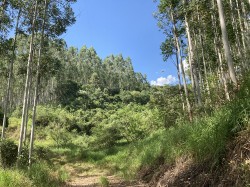
Let's develop the positive forest and recreate living ecosystems!
Read next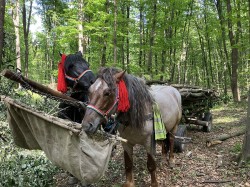
The SLB Group is consolidating its position as a leader in Romania. This support will enable it to continue its work to preserve biodiversity.
Read next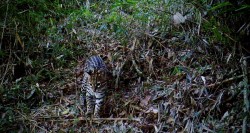
How planted forest helps create ecological corridors and allows big cats to move between patches of native forest.
Read next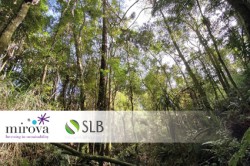
MIROVA, the sustainable investment affiliate of Natixis Investment Managers, is partnering with SLB's afforestation programme in Brazil.
Read next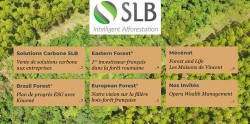
In 2022: convince more economic actors of the need to commit to global carbon neutrality through our carbon sequestration programmes.
Read next
The SLB Group markets the tons of CO2 fixed by its forests on the SWEEP.NET platform
Read next
Oya Vendée Hélicoptères supports our Econologic Program
Read next
After our first certification in 2013, our carbon methodology was transformed and updated.
Read next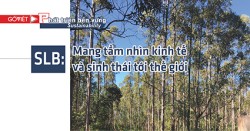
A Vietnamese newspaper wrote an article about SLB Group and its activities in Brazil
Read next
The accounting firm COMPTAGESMA participates in our S.E.P.® afforestation programme.
Read next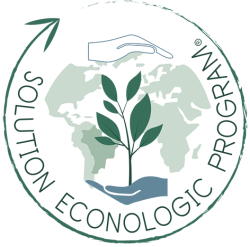
Discover our new carbon fixing programme: S.E.P. 2
Read next
Discover our newsletter, a reflection of what we have built in 2020. The SLB Group wishes you a happy new year.
Read next
On 24 November 2020, the France-Amériques association organised a conference in which Stéphane Ledentu, CEO of SLB Group, took part.
Read next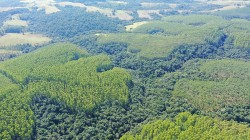
In September, we obtained the renewal of the FSC® certification, on the occasion of the 5-year audit!
Read next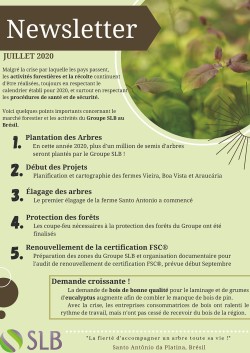
In 2020, more than one million tree seedlings will be planted by the SLB Group.
Read next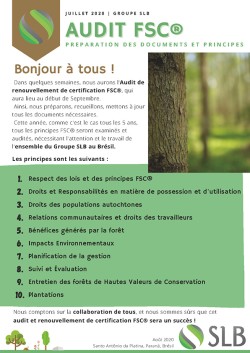
The in-depth 5-year audit is being prepared for the start of the school year in September.
Read next
The Governor of the State of Paraná has decreed the closure of 7 regions of the State for 14 days.
Read next
Carbon fixation and sequestration: how the SLB Group's activities contribute to the creation of a more sustainable future.
Read next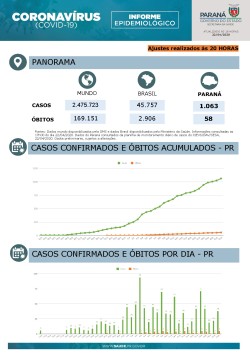
Update on the Covid-19 situation in Paraná as of 22 April 2020
Read next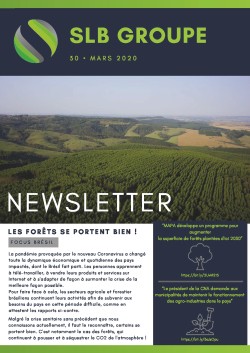
SLB Brazil Newsletter: Covid-19 crisis and hope for a more sustainable world
Read next
The Tetra Hors Pistes ski school makes a concrete commitment to protecting the environment with Econologic Program®.
Read next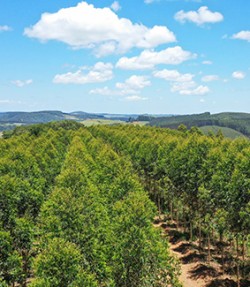
Stéphane Ledentu, president and founder of SLB, invites you to invest in Brazilian forest. Secure performance.
Read next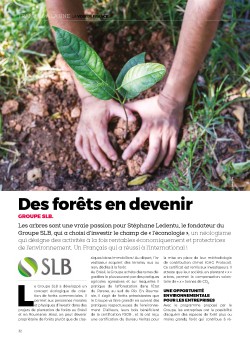
VdF Magazine (magazine of the Union of French people Abroad) highlights the action of Stéphane Ledentu in the field of Econology
Read next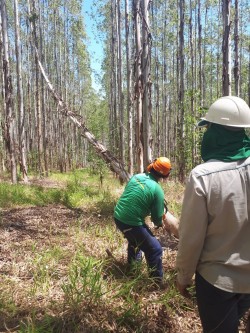
The Hohenadl method of cubage was held on September 24 in Agua Clara and Cristal farms.
Read next